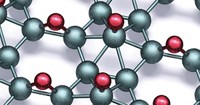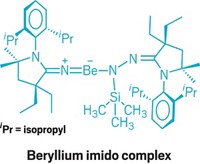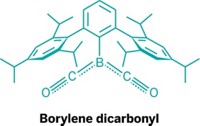Advertisement
Grab your lab coat. Let's get started
Welcome!
Welcome!
Create an account below to get 6 C&EN articles per month, receive newsletters and more - all free.
It seems this is your first time logging in online. Please enter the following information to continue.
As an ACS member you automatically get access to this site. All we need is few more details to create your reading experience.
Not you? Sign in with a different account.
Not you? Sign in with a different account.
ERROR 1
ERROR 1
ERROR 2
ERROR 2
ERROR 2
ERROR 2
ERROR 2
Password and Confirm password must match.
If you have an ACS member number, please enter it here so we can link this account to your membership. (optional)
ERROR 2
ACS values your privacy. By submitting your information, you are gaining access to C&EN and subscribing to our weekly newsletter. We use the information you provide to make your reading experience better, and we will never sell your data to third party members.
Physical Chemistry
Stable version of interstellar carbene made
April 17, 2006
| A version of this story appeared in
Volume 84, Issue 16
Cyclopropenylidene is a triangular carbene that has long been observed in outer space. Like other carbenes, it has a dicoordinate carbon center with only six valence electrons. Although cyclopropenylidene can easily survive in the near-vacuum of space, it has been considered to be too reactive to exist under ordinary conditions. Now, Guy Bertrand of the University of California, Riverside, and colleagues have synthesized a cyclopropenylidene derivative (shown) with a diisopropylamino group attached to each of the carbene center's adjacent carbons (Science, published online April 13, dx.doi.org/10.1126/science.1126675). The air-sensitive compound can be heated, and even melted (109 °C), with little decomposition. Previously, the best way to stabilize carbene centers was to replace adjacent carbon atoms with electron donors like nitrogen. Bertrand says the new strategy could be useful for synthesizing stable versions of other unstable interstellar molecules and could help scientists understand how such molecules form in space.





Join the conversation
Contact the reporter
Submit a Letter to the Editor for publication
Engage with us on Twitter